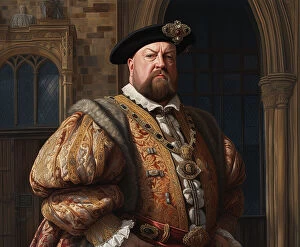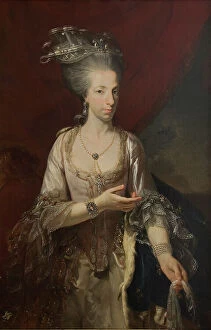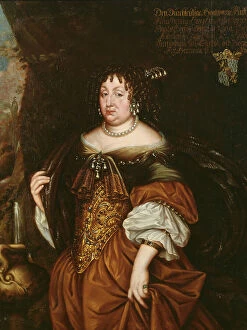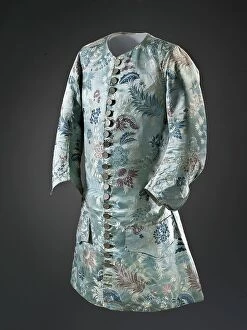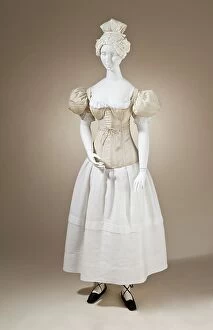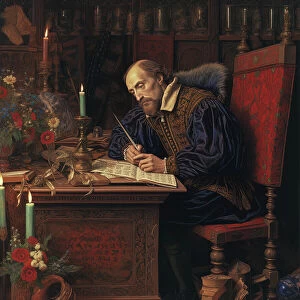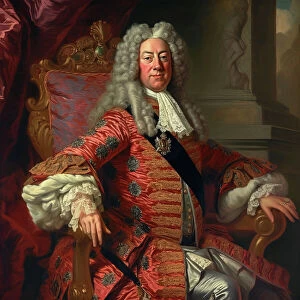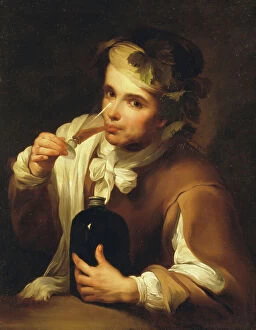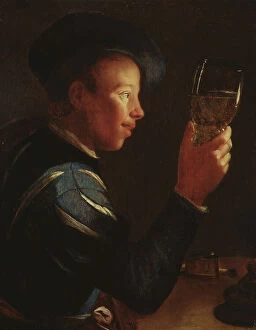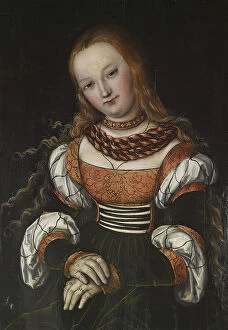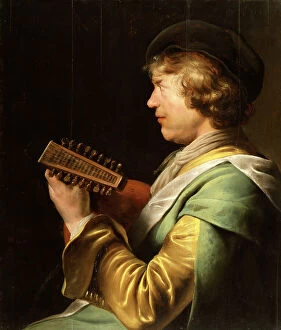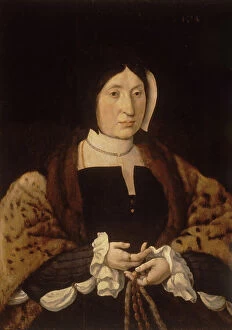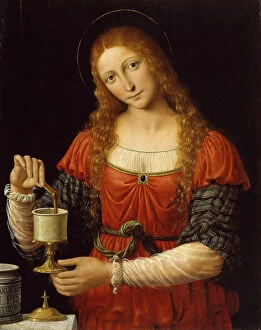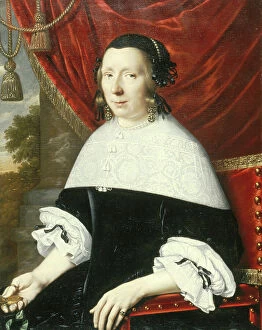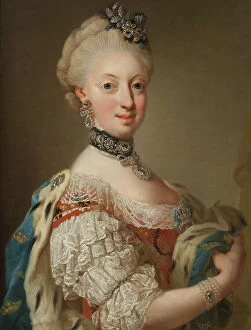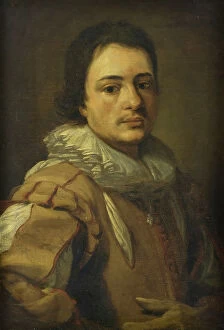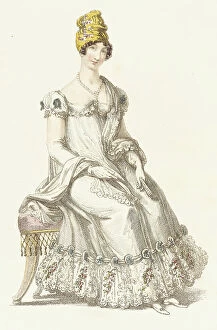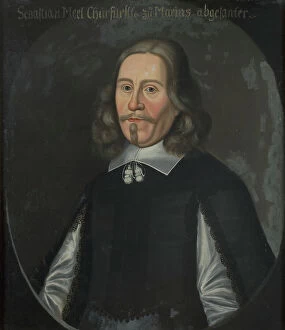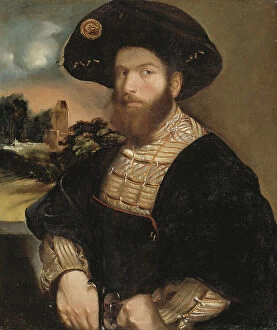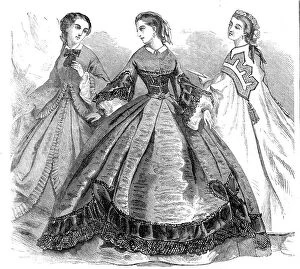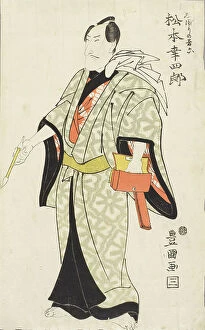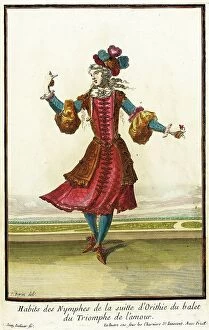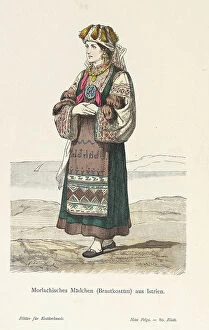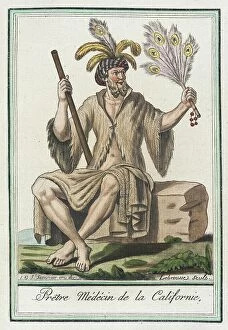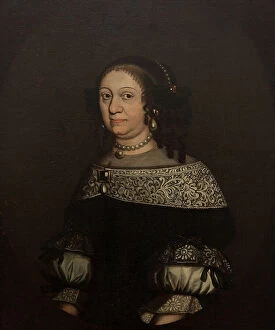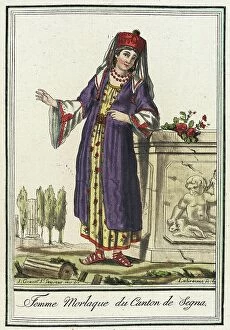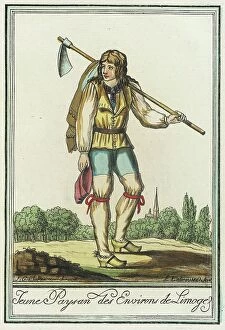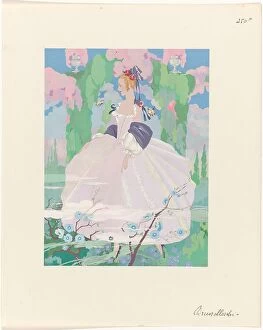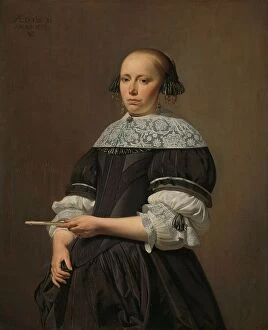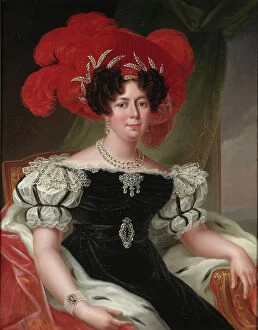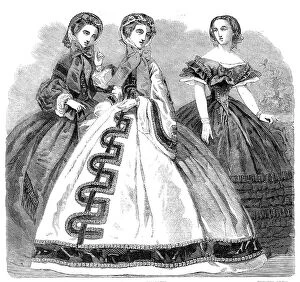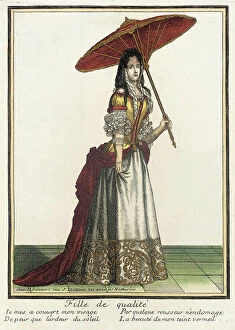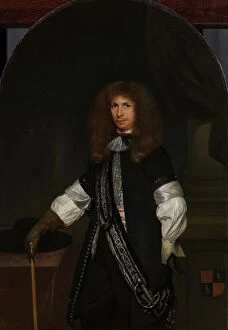Sleeve Collection (#4)
"Sleeve: A Fashion Statement Through the Ages" From the regal portraits of Elizabeth I to the vibrant laughter captured in Frans Hals' "The Laughing Cavalier
For sale as Licensed Images
Choose your image, Select your licence and Download the media
"Sleeve: A Fashion Statement Through the Ages" From the regal portraits of Elizabeth I to the vibrant laughter captured in Frans Hals' "The Laughing Cavalier, " sleeves have long been a symbol of style and status. In George Gower's depiction of Queen Elizabeth I, her elaborate sleeve showcases her power and authority as she ruled over England and Ireland in the late 16th century. Moving forward to the 17th century, Frans Hals immortalized his subjects with their fashionable attire, including intricately designed sleeves that added flair to their outfits. Whether it was for royalty or commoners, sleeves became an essential element in defining one's rank and identity. Not limited to clothing alone, sleeves also found their place in other realms. The Royal Navy used specific sleeve designs as a means to recognize different ranks among its officers. This system allowed sailors at sea to identify those in command swiftly. Beyond fashion and military insignia, sleeves have even made political statements throughout history. An anti-American capitalism poster depicted a clenched fist bursting through a torn sleeve—a powerful image representing resistance against economic oppression. Sleeves were not only reserved for humans but also adorned artwork from various cultures worldwide. Hans Holbein's portrait of Jane Seymour showcased her elegant dress with voluminous puffed-up sleeves—an iconic fashion trend during the Tudor era. In more recent times, United States Border Patrol agents proudly wear patches on their uniformed sleeves while guarding borders—a symbol of duty and protection. Looking back further into art history reveals Giovanni Antonio Boltraffio's "Portrait of a Youth" where delicate lace cuffs peek out from beneath his garment—showcasing how even subtle details like these could enhance an individual's appearance centuries ago. Traveling eastward brings us to Bihzad's depiction of dancing dervishes wearing flowing robes with wide-sleeved garments—a visual representation of spiritual devotion expressed through their graceful movements. Even in the realm of advertising, sleeves played a role.

